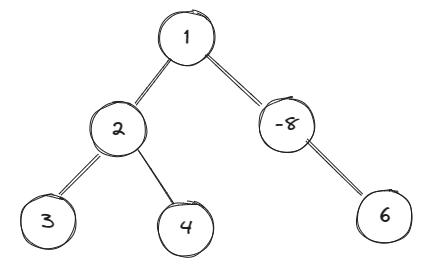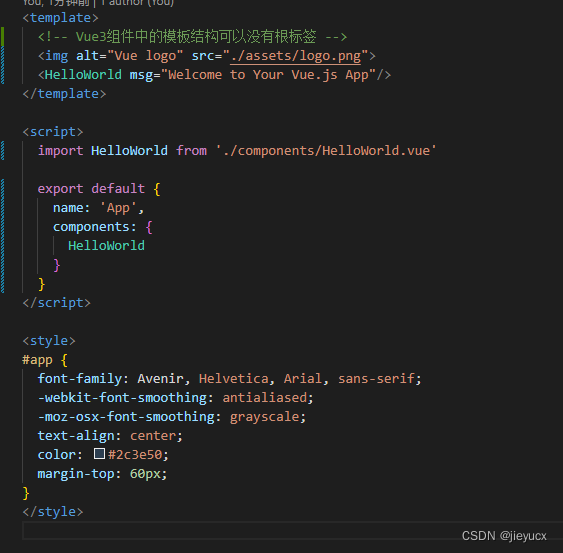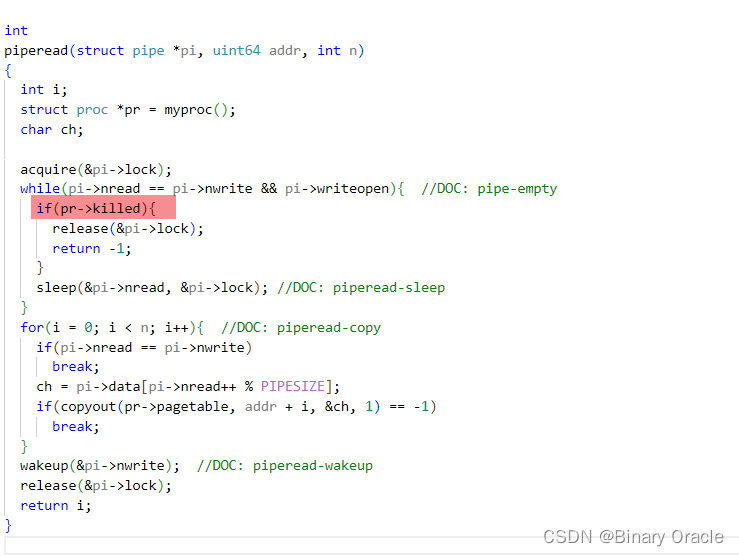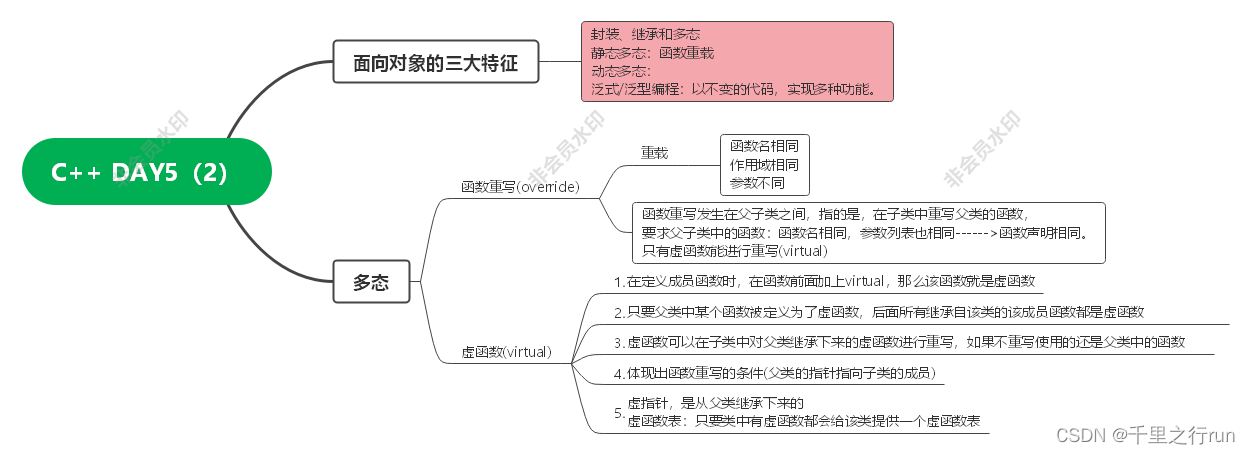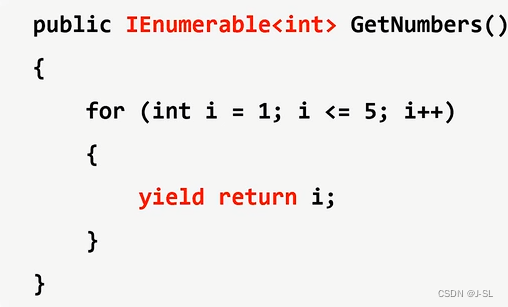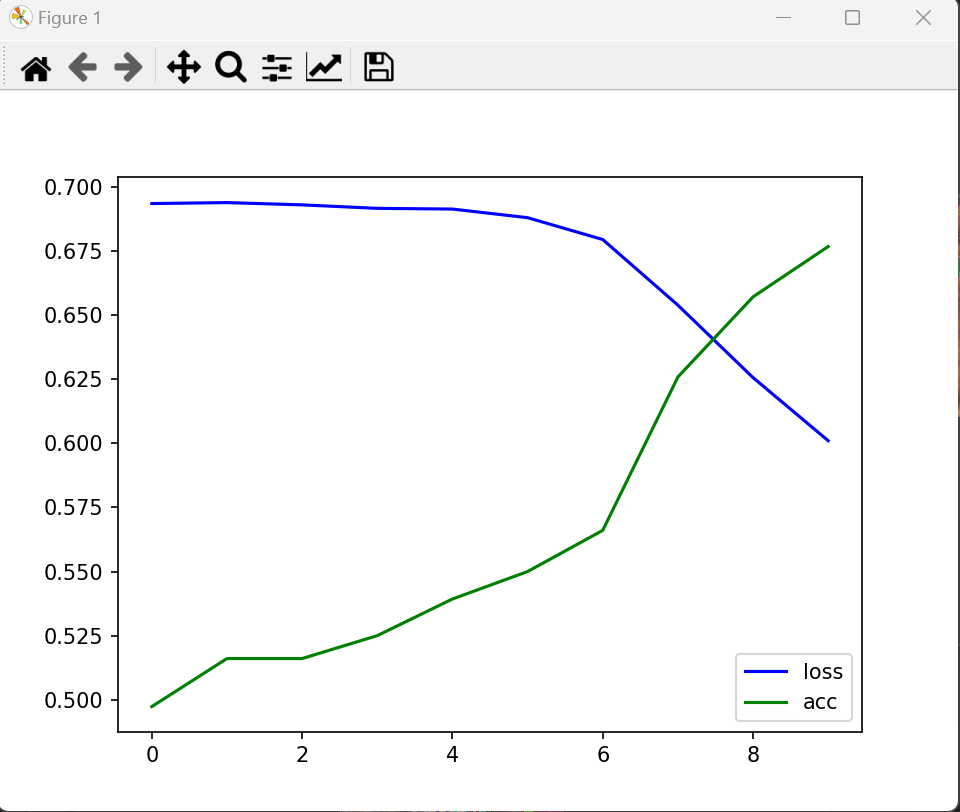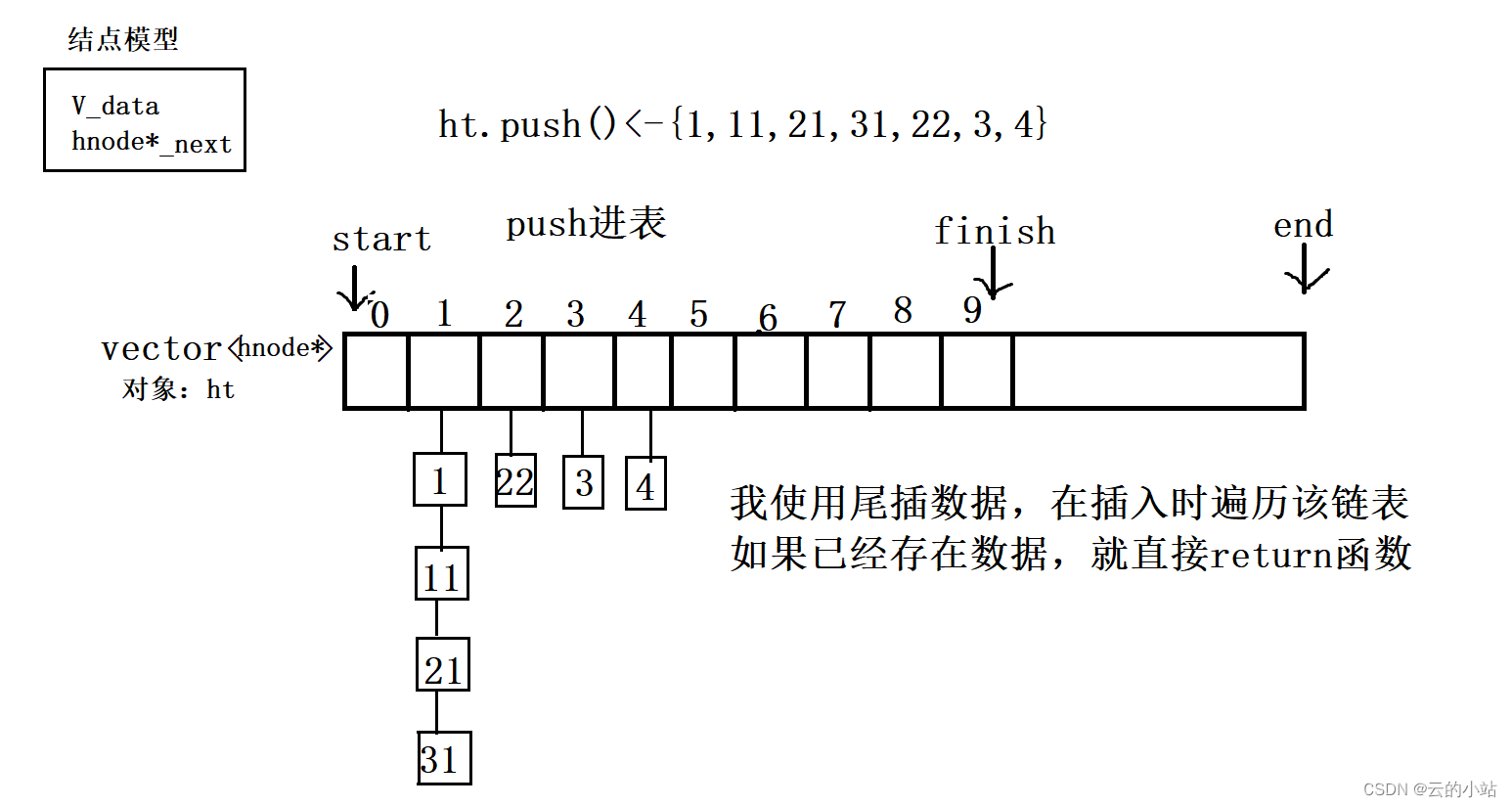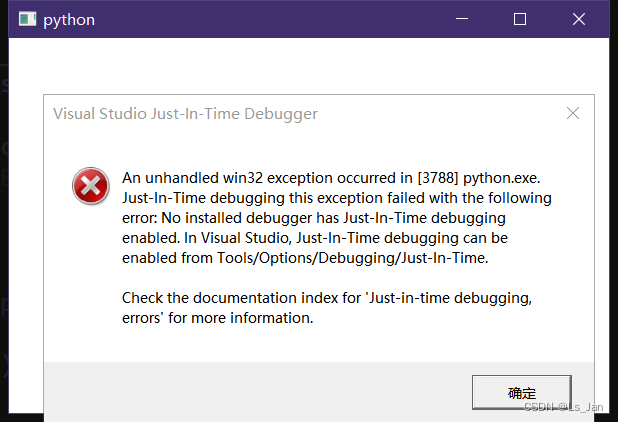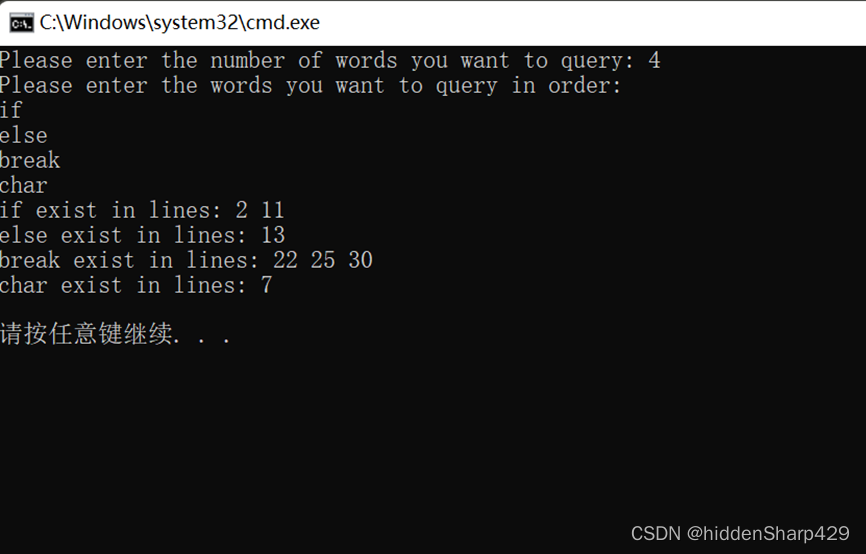【Matlab】智能优化算法_正余弦优化算法SCA
- 1.背景介绍
- 2.数学模型
- 3.文件结构
- 4.详细代码及注释
- 4.1 func_plot.m
- 4.2 Get_Functions_details.m
- 4.3 initialization.m
- 4.4 main.m
- 4.5 SCA.m
- 5.运行结果
- 6.参考文献
1.背景介绍

尽管需要更多的函数评估,但文献表明,基于群体的算法非常适合解决真正具有挑战性的问题,因为与基于个体的算法相比,它们能够避免局部最优,探索搜索空间,并更可靠地利用全局最优。此外,NFL定理指出,所有算法在所有优化问题上的表现都是相等的。因此,仍然有一些问题尚未解决,或者可以通过新算法更好地解决。这两个原因是这项工作的主要动机,在这项工作中,提出了一种新的基于群体的优化算法,并与文献中目前已知的算法进行了比较。
正弦余弦算法(Sine cosine algorithm,简称SCA)是2016 年由澳大利亚学者Seyedali Mirjalili 提出的一种新型仿自然优化算法。该算法通过创建多个随机候选解,利用正余弦数学模型来求解优化问题,具有结构简单、参数少、易于实现的特点,但也存在优化精度低、容易陷入局部极值、收敛速度慢等问题。
2.数学模型
一般来说,基于群体的优化技术以一组随机解开始优化过程。该随机集通过目标函数重复评估,并通过作为优化技术核心的一组规则进行改进。由于基于群体的优化技术随机地寻找优化问题的最优解,因此无法保证在一次运行中找到解决方案。然而,有了足够数量的随机解和优化步骤(迭代),找到全局最优的概率就会增加。
无论基于随机群体的优化领域中算法之间的差异如何,常见的是将优化过程分为两个阶段:探索和开发[62]。在前一阶段,优化算法将解集中的随机解突然与高随机率相结合,以找到搜索空间的有希望的区域。然而,在开发阶段,随机解会逐渐变化,随机变化比勘探阶段要小得多。
在这项工作中,提出了以下两个阶段的位置更新方程:

其中,Xt i是第t次迭代时当前解在第i维中的位置,r1/r2/r3是随机数,Pi是第i维的目标点的位置,||表示绝对值。
这两个方程式组合使用如下:

其中r4是[0,1]中的随机数
正如上面的等式所示,SCA中有四个主要参数:r1、r2、r3和r4。参数r1规定了下一个位置的区域(或移动方向),该区域可以在解决方案和目的地之间的空间内,也可以在其外部。参数r2定义了移动应该朝着或向外移动目的地多远。参数r3为目的地带来随机权重,以便在定义距离时随机地强调(r3>1)或不强调(r3<1)目的地的影响。最后,参数r4在等式(3.3)中的正弦分量和余弦分量之间相等地切换。

由于在该公式中使用了正弦和余弦,因此该算法被命名为正弦余弦算法(SCA)。正弦和余弦对方程(3.1)和(3.2)的影响如图5所示。该图显示了所提出的方程如何定义搜索空间中两个解之间的空间。应该注意的是,尽管图5中示出了二维模型,但该方程可以扩展到更高的维度。正弦和余弦函数的循环模式允许一个解围绕另一个解重新定位。这可以保证利用两个解决方案之间定义的空间。为了探索搜索空间,解决方案也应该能够在相应目的地之间的空间之外进行搜索。这可以通过改变正弦和余弦函数的范围来实现,如图6所示。

范围为[−2,2]的正弦和余弦函数效应的概念模型如图7所示。此图显示了如何更改正弦和余弦函数的范围需要一个解决方案来更新其在自身和另一个解决方法之间的空间外部或内部的位置。侧面或外侧的随机位置是通过在方程(3.3)中定义r2的[0,2π]随机数来实现的。因此,该机制分别保证了搜索空间的探索和开发。
一种算法应该能够平衡探索和开发,以找到搜索空间中有希望的区域,并最终收敛到全局最优。为了平衡勘探和开发,方程(3.1)至(3.3)中的正弦和余弦范围使用以下方程自适应地改变:

其中t是当前迭代,t是最大迭代次数,a是常数。
图8显示了该方程如何在迭代过程中减小正弦和余弦函数的范围。从图7和图8中可以推断,当正弦和余弦函数的范围在(1,2]和[−2,−1)时,SCA算法探索搜索空间。然而,当范围在[−1,1]区间时,该算法利用搜索空间。


毕竟,SCA算法的伪代码如图9所示。此图显示SCA算法通过一组随机解启动优化过程。然后,该算法保存迄今为止获得的最佳解,将其指定为目的点,并更新与之相关的其他解。同时,随着迭代次数的增加,更新正弦和余弦函数的范围,以强调对搜索空间的利用。默认情况下,当迭代计数器高于最大迭代次数时,SCA算法终止优化过程。然而,可以考虑任何其他终止条件,例如函数评估的最大数量或获得的全局最优的精度。

3.文件结构

func_plot.m % 绘制的基准函数
Get_Functions_details.m % 基准的全部信息和实现
initialization.m % 初始化
main.m % 主函数
SCA.m % 正余弦优化算法
4.详细代码及注释
4.1 func_plot.m
function func_plot(func_name)
[lb,ub,dim,fobj]=Get_Functions_details(func_name);
switch func_name
case 'F1'
x=-100:2:100; y=x; %[-100,100]
case 'F2'
x=-100:2:100; y=x; %[-10,10]
case 'F3'
x=-100:2:100; y=x; %[-100,100]
case 'F4'
x=-100:2:100; y=x; %[-100,100]
case 'F5'
x=-200:2:200; y=x; %[-5,5]
case 'F6'
x=-100:2:100; y=x; %[-100,100]
case 'F7'
x=-1:0.03:1; y=x; %[-1,1]
case 'F8'
x=-500:10:500;y=x; %[-500,500]
case 'F9'
x=-5:0.1:5; y=x; %[-5,5]
case 'F10'
x=-20:0.5:20; y=x;%[-500,500]
case 'F11'
x=-500:10:500; y=x;%[-0.5,0.5]
case 'F12'
x=-10:0.1:10; y=x;%[-pi,pi]
case 'F13'
x=-5:0.08:5; y=x;%[-3,1]
case 'F14'
x=-100:2:100; y=x;%[-100,100]
case 'F15'
x=-5:0.1:5; y=x;%[-5,5]
case 'F16'
x=-1:0.01:1; y=x;%[-5,5]
case 'F17'
x=-5:0.1:5; y=x;%[-5,5]
case 'F18'
x=-5:0.06:5; y=x;%[-5,5]
case 'F19'
x=-5:0.1:5; y=x;%[-5,5]
case 'F20'
x=-5:0.1:5; y=x;%[-5,5]
case 'F21'
x=-5:0.1:5; y=x;%[-5,5]
case 'F22'
x=-5:0.1:5; y=x;%[-5,5]
case 'F23'
x=-5:0.1:5; y=x;%[-5,5]
end
L=length(x);
f=[];
for i=1:L
for j=1:L
if strcmp(func_name,'F15')==0 && strcmp(func_name,'F19')==0 && strcmp(func_name,'F20')==0 && strcmp(func_name,'F21')==0 && strcmp(func_name,'F22')==0 && strcmp(func_name,'F23')==0
f(i,j)=fobj([x(i),y(j)]);
end
if strcmp(func_name,'F15')==1
f(i,j)=fobj([x(i),y(j),0,0]);
end
if strcmp(func_name,'F19')==1
f(i,j)=fobj([x(i),y(j),0]);
end
if strcmp(func_name,'F20')==1
f(i,j)=fobj([x(i),y(j),0,0,0,0]);
end
if strcmp(func_name,'F21')==1 || strcmp(func_name,'F22')==1 ||strcmp(func_name,'F23')==1
f(i,j)=fobj([x(i),y(j),0,0]);
end
end
end
surfc(x,y,f,'LineStyle','none');
end
4.2 Get_Functions_details.m
function [lb,ub,dim,fobj] = Get_Functions_details(F)
switch F
case 'F1'
fobj = @F1;
lb=-100;
ub=100;
dim=10;
case 'F2'
fobj = @F2;
lb=-10;
ub=10;
dim=10;
case 'F3'
fobj = @F3;
lb=-100;
ub=100;
dim=10;
case 'F4'
fobj = @F4;
lb=-100;
ub=100;
dim=10;
case 'F5'
fobj = @F5;
lb=-30;
ub=30;
dim=10;
case 'F6'
fobj = @F6;
lb=-100;
ub=100;
dim=10;
case 'F7'
fobj = @F7;
lb=-1.28;
ub=1.28;
dim=10;
case 'F8'
fobj = @F8;
lb=-500;
ub=500;
dim=10;
case 'F9'
fobj = @F9;
lb=-5.12;
ub=5.12;
dim=10;
case 'F10'
fobj = @F10;
lb=-32;
ub=32;
dim=10;
case 'F11'
fobj = @F11;
lb=-600;
ub=600;
dim=10;
case 'F12'
fobj = @F12;
lb=-50;
ub=50;
dim=10;
case 'F13'
fobj = @F13;
lb=-50;
ub=50;
dim=10;
case 'F14'
fobj = @F14;
lb=-65.536;
ub=65.536;
dim=2;
case 'F15'
fobj = @F15;
lb=-5;
ub=5;
dim=4;
case 'F16'
fobj = @F16;
lb=-5;
ub=5;
dim=2;
case 'F17'
fobj = @F17;
lb=[-5,0];
ub=[10,15];
dim=2;
case 'F18'
fobj = @F18;
lb=-2;
ub=2;
dim=2;
case 'F19'
fobj = @F19;
lb=0;
ub=1;
dim=3;
case 'F20'
fobj = @F20;
lb=0;
ub=1;
dim=6;
case 'F21'
fobj = @F21;
lb=0;
ub=10;
dim=4;
case 'F22'
fobj = @F22;
lb=0;
ub=10;
dim=4;
case 'F23'
fobj = @F23;
lb=0;
ub=10;
dim=4;
end
end
% F1
function o = F1(x)
o=sum(x.^2);
end
% F2
function o = F2(x)
o=sum(abs(x))+prod(abs(x));
end
% F3
function o = F3(x)
dim=size(x,2);
o=0;
for i=1:dim
o=o+sum(x(1:i))^2;
end
end
% F4
function o = F4(x)
o=max(abs(x));
end
% F5
function o = F5(x)
dim=size(x,2);
o=sum(100*(x(2:dim)-(x(1:dim-1).^2)).^2+(x(1:dim-1)-1).^2);
end
% F6
function o = F6(x)
o=sum(abs((x+.5)).^2);
end
% F7
function o = F7(x)
dim=size(x,2);
o=sum([1:dim].*(x.^4))+rand;
end
% F8
function o = F8(x)
o=sum(-x.*sin(sqrt(abs(x))));
end
% F9
function o = F9(x)
dim=size(x,2);
o=sum(x.^2-10*cos(2*pi.*x))+10*dim;
end
% F10
function o = F10(x)
dim=size(x,2);
o=-20*exp(-.2*sqrt(sum(x.^2)/dim))-exp(sum(cos(2*pi.*x))/dim)+20+exp(1);
end
% F11
function o = F11(x)
dim=size(x,2);
o=sum(x.^2)/4000-prod(cos(x./sqrt([1:dim])))+1;
end
% F12
function o = F12(x)
dim=size(x,2);
o=(pi/dim)*(10*((sin(pi*(1+(x(1)+1)/4)))^2)+sum((((x(1:dim-1)+1)./4).^2).*...
(1+10.*((sin(pi.*(1+(x(2:dim)+1)./4)))).^2))+((x(dim)+1)/4)^2)+sum(Ufun(x,10,100,4));
end
% F13
function o = F13(x)
dim=size(x,2);
o=.1*((sin(3*pi*x(1)))^2+sum((x(1:dim-1)-1).^2.*(1+(sin(3.*pi.*x(2:dim))).^2))+...
((x(dim)-1)^2)*(1+(sin(2*pi*x(dim)))^2))+sum(Ufun(x,5,100,4));
end
% F14
function o = F14(x)
aS=[-32 -16 0 16 32 -32 -16 0 16 32 -32 -16 0 16 32 -32 -16 0 16 32 -32 -16 0 16 32;,...
-32 -32 -32 -32 -32 -16 -16 -16 -16 -16 0 0 0 0 0 16 16 16 16 16 32 32 32 32 32];
for j=1:25
bS(j)=sum((x'-aS(:,j)).^6);
end
o=(1/500+sum(1./([1:25]+bS))).^(-1);
end
% F15
function o = F15(x)
aK=[.1957 .1947 .1735 .16 .0844 .0627 .0456 .0342 .0323 .0235 .0246];
bK=[.25 .5 1 2 4 6 8 10 12 14 16];bK=1./bK;
o=sum((aK-((x(1).*(bK.^2+x(2).*bK))./(bK.^2+x(3).*bK+x(4)))).^2);
end
% F16
function o = F16(x)
o=4*(x(1)^2)-2.1*(x(1)^4)+(x(1)^6)/3+x(1)*x(2)-4*(x(2)^2)+4*(x(2)^4);
end
% F17
function o = F17(x)
o=(x(2)-(x(1)^2)*5.1/(4*(pi^2))+5/pi*x(1)-6)^2+10*(1-1/(8*pi))*cos(x(1))+10;
end
% F18
function o = F18(x)
o=(1+(x(1)+x(2)+1)^2*(19-14*x(1)+3*(x(1)^2)-14*x(2)+6*x(1)*x(2)+3*x(2)^2))*...
(30+(2*x(1)-3*x(2))^2*(18-32*x(1)+12*(x(1)^2)+48*x(2)-36*x(1)*x(2)+27*(x(2)^2)));
end
% F19
function o = F19(x)
aH=[3 10 30;.1 10 35;3 10 30;.1 10 35];cH=[1 1.2 3 3.2];
pH=[.3689 .117 .2673;.4699 .4387 .747;.1091 .8732 .5547;.03815 .5743 .8828];
o=0;
for i=1:4
o=o-cH(i)*exp(-(sum(aH(i,:).*((x-pH(i,:)).^2))));
end
end
% F20
function o = F20(x)
aH=[10 3 17 3.5 1.7 8;.05 10 17 .1 8 14;3 3.5 1.7 10 17 8;17 8 .05 10 .1 14];
cH=[1 1.2 3 3.2];
pH=[.1312 .1696 .5569 .0124 .8283 .5886;.2329 .4135 .8307 .3736 .1004 .9991;...
.2348 .1415 .3522 .2883 .3047 .6650;.4047 .8828 .8732 .5743 .1091 .0381];
o=0;
for i=1:4
o=o-cH(i)*exp(-(sum(aH(i,:).*((x-pH(i,:)).^2))));
end
end
% F21
function o = F21(x)
aSH=[4 4 4 4;1 1 1 1;8 8 8 8;6 6 6 6;3 7 3 7;2 9 2 9;5 5 3 3;8 1 8 1;6 2 6 2;7 3.6 7 3.6];
cSH=[.1 .2 .2 .4 .4 .6 .3 .7 .5 .5];
o=0;
for i=1:5
o=o-((x-aSH(i,:))*(x-aSH(i,:))'+cSH(i))^(-1);
end
end
% F22
function o = F22(x)
aSH=[4 4 4 4;1 1 1 1;8 8 8 8;6 6 6 6;3 7 3 7;2 9 2 9;5 5 3 3;8 1 8 1;6 2 6 2;7 3.6 7 3.6];
cSH=[.1 .2 .2 .4 .4 .6 .3 .7 .5 .5];
o=0;
for i=1:7
o=o-((x-aSH(i,:))*(x-aSH(i,:))'+cSH(i))^(-1);
end
end
% F23
function o = F23(x)
aSH=[4 4 4 4;1 1 1 1;8 8 8 8;6 6 6 6;3 7 3 7;2 9 2 9;5 5 3 3;8 1 8 1;6 2 6 2;7 3.6 7 3.6];
cSH=[.1 .2 .2 .4 .4 .6 .3 .7 .5 .5];
o=0;
for i=1:10
o=o-((x-aSH(i,:))*(x-aSH(i,:))'+cSH(i))^(-1);
end
end
function o=Ufun(x,a,k,m)
o=k.*((x-a).^m).*(x>a)+k.*((-x-a).^m).*(x<(-a));
end
4.3 initialization.m
function X=initialization(SearchAgents_no,dim,ub,lb)
Boundary_no= size(ub,2); % numnber of boundaries
% If the boundaries of all variables are equal and user enter a signle
% number for both ub and lb
if Boundary_no==1
X=rand(SearchAgents_no,dim).*(ub-lb)+lb;
end
% If each variable has a different lb and ub
if Boundary_no>1
for i=1:dim
ub_i=ub(i);
lb_i=lb(i);
X(:,i)=rand(SearchAgents_no,1).*(ub_i-lb_i)+lb_i;
end
end
4.4 main.m
clear all
clc
SearchAgents_no=30; % Number of search agents
Function_name='F1'; % Name of the test function that can be from F1 to F23 (Table 1,2,3 in the paper)
Max_iteration=1000; % Maximum numbef of iterations
% Load details of the selected benchmark function
[lb,ub,dim,fobj]=Get_Functions_details(Function_name);
[Best_score,Best_pos,cg_curve]=SCA(SearchAgents_no,Max_iteration,lb,ub,dim,fobj);
figure('Position',[284 214 660 290])
%Draw search space
subplot(1,2,1);
func_plot(Function_name);
title('Test function')
xlabel('x_1');
ylabel('x_2');
zlabel([Function_name,'( x_1 , x_2 )'])
grid off
%Draw objective space
subplot(1,2,2);
semilogy(cg_curve,'Color','b')
title('Convergence curve')
xlabel('Iteration');
ylabel('Best flame (score) obtained so far');
axis tight
grid off
box on
legend('SCA')
display(['The best solution obtained by SCA is : ', num2str(Best_pos)]);
display(['The best optimal value of the objective funciton found by SCA is : ', num2str(Best_score)]);
4.5 SCA.m
function [Destination_fitness,Destination_position,Convergence_curve]=SCA(N,Max_iteration,lb,ub,dim,fobj)
display('SCA is optimizing your problem');
%Initialize the set of random solutions
X=initialization(N,dim,ub,lb);
Destination_position=zeros(1,dim);
Destination_fitness=inf;
Convergence_curve=zeros(1,Max_iteration);
Objective_values = zeros(1,size(X,1));
% Calculate the fitness of the first set and find the best one
for i=1:size(X,1)
Objective_values(1,i)=fobj(X(i,:));
if i==1
Destination_position=X(i,:);
Destination_fitness=Objective_values(1,i);
elseif Objective_values(1,i)<Destination_fitness
Destination_position=X(i,:);
Destination_fitness=Objective_values(1,i);
end
All_objective_values(1,i)=Objective_values(1,i);
end
%Main loop
t=2; % start from the second iteration since the first iteration was dedicated to calculating the fitness
while t<=Max_iteration
% Eq. (3.4)
a = 2;
Max_iteration = Max_iteration;
r1=a-t*((a)/Max_iteration); % r1 decreases linearly from a to 0
% Update the position of solutions with respect to destination
for i=1:size(X,1) % in i-th solution
for j=1:size(X,2) % in j-th dimension
% Update r2, r3, and r4 for Eq. (3.3)
r2=(2*pi)*rand();
r3=2*rand;
r4=rand();
% Eq. (3.3)
if r4<0.5
% Eq. (3.1)
X(i,j)= X(i,j)+(r1*sin(r2)*abs(r3*Destination_position(j)-X(i,j)));
else
% Eq. (3.2)
X(i,j)= X(i,j)+(r1*cos(r2)*abs(r3*Destination_position(j)-X(i,j)));
end
end
end
for i=1:size(X,1)
% Check if solutions go outside the search spaceand bring them back
Flag4ub=X(i,:)>ub;
Flag4lb=X(i,:)<lb;
X(i,:)=(X(i,:).*(~(Flag4ub+Flag4lb)))+ub.*Flag4ub+lb.*Flag4lb;
% Calculate the objective values
Objective_values(1,i)=fobj(X(i,:));
% Update the destination if there is a better solution
if Objective_values(1,i)<Destination_fitness
Destination_position=X(i,:);
Destination_fitness=Objective_values(1,i);
end
end
Convergence_curve(t)=Destination_fitness;
% Display the iteration and best optimum obtained so far
if mod(t,50)==0
display(['At iteration ', num2str(t), ' the optimum is ', num2str(Destination_fitness)]);
end
% Increase the iteration counter
t=t+1;
end
5.运行结果

6.参考文献
[1]Seyedali Mirjalili. SCA: A Sine Cosine Algorithm for solving optimization problems[J]. Knowledge-Based Systems,2016,96.



